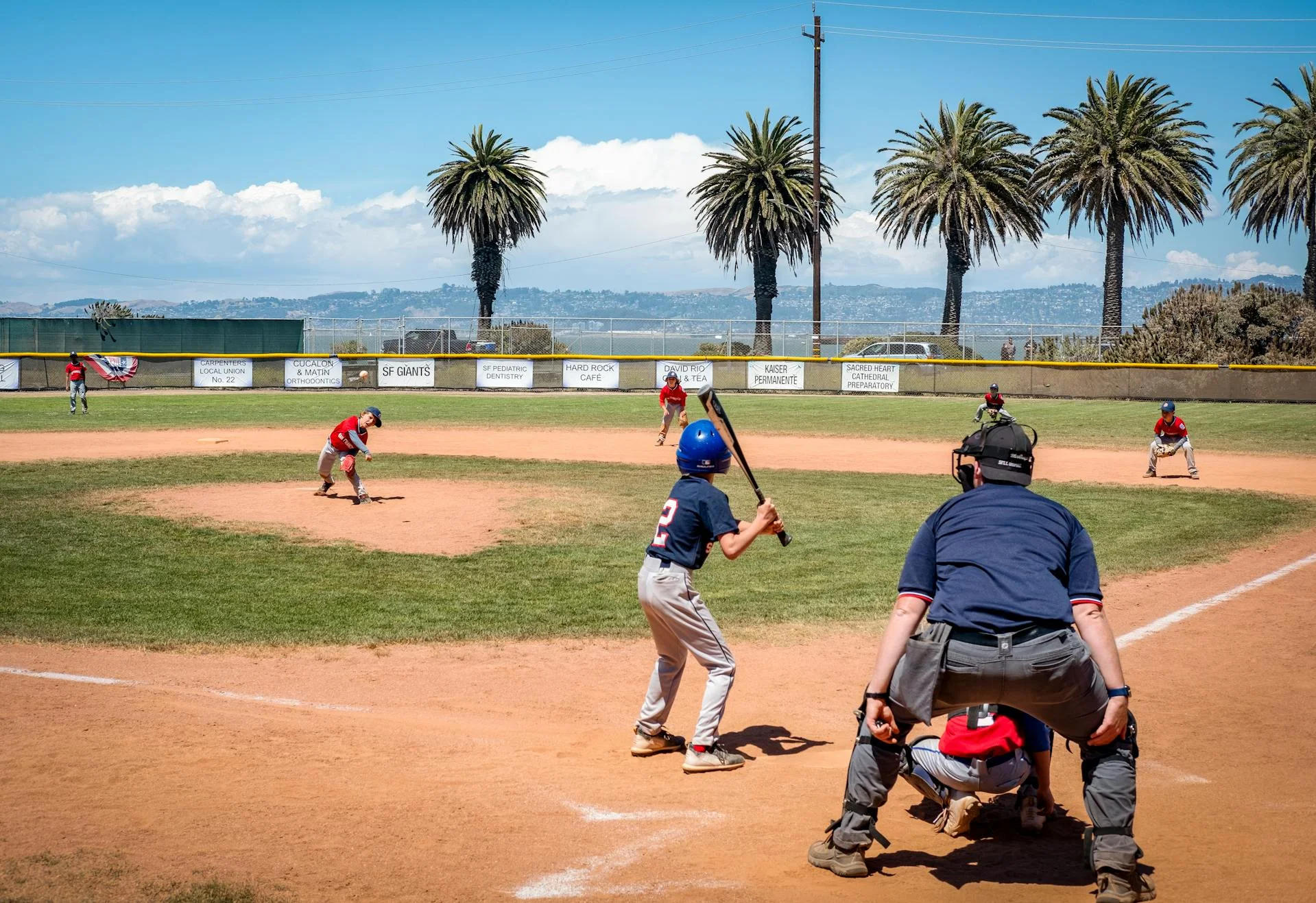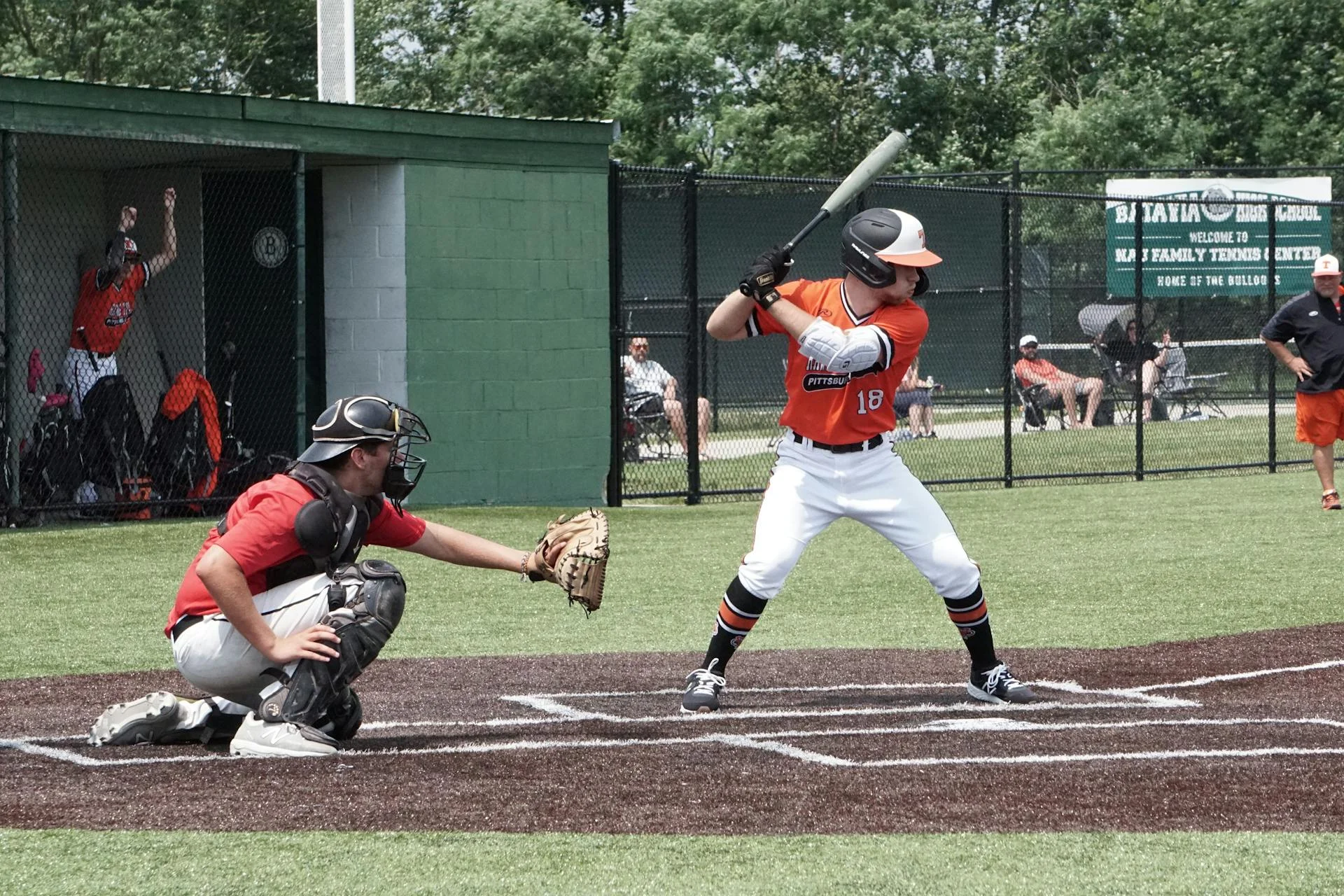ERA, or Earned Run Average, serves as a critical metric in professional baseball, offering a clear view of a pitcher’s performance independent of the defensive efforts behind them. By measuring the number of earned runs a pitcher allows per nine innings, ERA offers a reliable gauge of effectiveness, providing insights into a pitcher’s ability to limit the opposition’s scoring.
To calculate a pitcher’s ERA, divide the number of earned runs allowed by the total innings pitched and then multiply by nine. The formula looks like this: \(ERA = (Earned Runs / Innings Pitched) \times 9\). This calculation standardizes a pitcher’s performance to a nine-inning game, making comparisons between pitchers more consistent and fair.
Importance of ERA in Professional Baseball
ERA, short for Earned Run Average, represents the average number of earned runs a pitcher allows per nine innings pitched. It is a vital statistic used to evaluate the effectiveness of a pitcher in preventing opponents from scoring.

ERA holds significant importance in professional baseball as it provides insights into a pitcher’s performance over a given period. A low ERA indicates a pitcher’s ability to minimize runs scored by the opposing team, showcasing their skill and efficiency on the field. This statistic is pivotal for coaches and team managers in making strategic decisions, such as choosing the starting pitcher for a game or evaluating the need for a pitcher to develop new techniques or refine existing ones. In the eyes of fans and analysts, a pitcher’s ERA is a key metric for comparing the effectiveness of pitchers within a league or across different seasons. Beyond its utility in assessing individual performance, ERA also reflects on a team’s defensive strength, guiding the management in building a balanced and competitive squad. It’s a metric that brilliantly encapsulates the complex interplay between individual talent and team dynamics in the quest for baseball success.
Formula for Calculating ERA
The formula for calculating ERA is relatively straightforward:
(Earned Runs x 9) / Innings Pitched
Understanding the Components of ERA Calculation
- Earned Runs Allowed: These are runs scored by the opposing team that is deemed to be the result of the pitcher’s performance, excluding errors made by the defense.
- Innings Pitched: This refers to the total number of innings a pitcher has completed.
Factors Affecting ERA Calculation
Several factors can influence a pitcher’s ERA calculation:

Pitching Environment
The conditions of the ballpark, such as altitude, weather, and field dimensions, can impact a pitcher’s performance and subsequently affect their ERA.
Defensive Support
The quality of defensive support provided by the pitcher’s team can influence the number of runs scored against them, ultimately affecting their ERA.
Park Factors
The specific characteristics of the ballpark where the game is played, known as park factors, can also play a role in determining a pitcher’s ERA.
ERA Leaders in Professional Baseball
Exploring the realm of ERA leaders illuminates the zenith of pitching excellence in professional baseball. The mastery these athletes display on the mound, characterized by their astute ability to minimize opponent scoring, etches their names in the annals of baseball history. These distinguished pitchers, with their uncanny knack for controlling the game tempo and outmaneuvering batters, become the bedrock of their teams’ defensive strategies. Their achievements in maintaining remarkably low ERAs become a beacon of inspiration, showcasing the pinnacle of pitching prowess. Season after season, the list of ERA leaders is not just a mere statistic but a narrative of resilience, precision, and unparalleled skill that captivates fans and aspiring athletes alike.
The significance of being crowned an ERA leader stretches beyond individual acclaim, echoing through the team’s corridors and the broader baseball community. This accolade is a testament to the symbiotic relationship between a pitcher’s brilliance and the collective effort of the team’s defense. It underscores the delicate balance between pitching finesse and defensive agility, a harmony essential for clinching victories and carving a path to the playoffs. For emerging talents and seasoned professionals, the pursuit of an ERA title is a compelling drive, fueling their passion for excellence and their quest to leave an indelible mark on the sport. In this competitive arena, ERA leaders emerge as luminaries, guiding the way with their steadfast commitment and extraordinary feats on the mound.
Challenges in Maintaining a Low ERA
Achieving and sustaining a low Earned Run Average (ERA) is a formidable challenge, even for the most skilled pitchers in professional baseball. The quest to minimize earned runs over numerous innings encapsulates not just a pitcher’s singular talent, but an array of external factors often beyond their control. For instance, a pitcher’s era can significantly fluctuate based on the defensive capabilities of their team, highlighting the interdependent nature of baseball success. The intricate dynamics of baseball demand a pitchers constantly adapt and refine their techniques, requiring an unwavering dedication to analyzing opponent strategies and perfecting their pitches.
Several key elements play pivotal roles in a pitcher’s ability to maintain a low ERA, including:
- Consistent Performance: Delivering high-quality pitches game after game, under varying conditions and pressures.
- Physical Fitness and Recovery: Maintaining peak physical condition and properly managing injuries to prevent performance dips.
- Strategic Mindset: Adapting pitching strategies based on a thorough analysis of opponents’ batting tendencies and weaknesses.
Navigating through these challenges requires more than just raw talent. It demands an amalgamation of mental fortitude, strategic acumen, and an innate ability to perform under pressure. Pitchers who achieve this rare balance not only excel in their careers but also significantly uplift their teams, contributing to a culture of excellence and a legacy of success.
Strategies to Improve ERA
Improving a pitcher’s Earned Run Average (ERA) requires a multifaceted approach, blending physical preparation, mental resilience, and strategic game planning. To commence this enhancement process, focusing on meticulous pitch selection and control stands paramount. A pitcher must be able to deliver a variety of pitches with precision to confound batters and induce weak contact. This capability is bolstered by rigorous practice sessions aimed at refining pitch mechanics and expanding the pitcher’s arsenal. Furthermore, leveraging data analytics to dissect and understand opponents’ hitting patterns offers a significant edge. By tailoring pitching strategies to exploit the weaknesses of batters, pitchers can minimize hits and, consequently, earn runs.

- Implement continuous physical conditioning and recovery protocols to enhance stamina and reduce injury risk.
- Engage in advanced video analysis to study and anticipate opponent strategies, adjusting pitching approaches accordingly.
Another critical strategy involves cultivating a strong pitcher-catcher rapport. This partnership is crucial for on-the-spot decision-making and executing strategic pitches under pressure. The synergy between pitcher and catcher can elevate a pitcher’s confidence and performance, translating to lower ERA figures. In tandem, fostering a supportive team environment that emphasizes defensive excellence can drastically impact a pitcher’s ERA. A committed and agile defense can turn potential hits into outs, providing insulation against earned runs. Through a collaborative effort, strategic insight, and relentless pursuit of improvement, pitchers can strive toward the coveted goal of ERA reduction, marking their ascent in the echelons of baseball’s pitching elite.
While exploring the nuances of ERA calculations in professional baseball, it’s important to understand the broader context of this metric across various levels of the sport. An in-depth guide offers comprehensive insights into how ERA is determined in different baseball environments, from amateur to professional leagues, illustrating the variations and commonalities in this essential pitching statistic.
Conclusion
Earned Run Average (ERA) stands as a cornerstone statistic in professional baseball, offering valuable insights into a pitcher’s performance and effectiveness on the field. By understanding the components of ERA calculation and the factors influencing it, both players and fans can gain a deeper appreciation for the intricacies of the game.
FAQs:
What is considered a good ERA in baseball?
A good ERA in baseball typically falls below 4.00, although elite pitchers often maintain ERAs below 3.00.
Can a pitcher’s ERA change after a game?
Yes, a pitcher’s ERA can change after each game based on their performance and the number of earned runs allowed.
How often is ERA calculated in baseball?
ERA is typically calculated at the end of each game and is updated throughout the season as pitchers continue to play.
Do relievers and starting pitchers have different ERA expectations?
Yes, relievers and starting pitchers often have different ERA expectations due to their respective roles and innings pitched.
Can a pitcher with a high ERA still be successful?
Yes, a pitcher with a high ERA can still be successful if they contribute to the team’s overall success through other means, such as strikeouts and wins.

